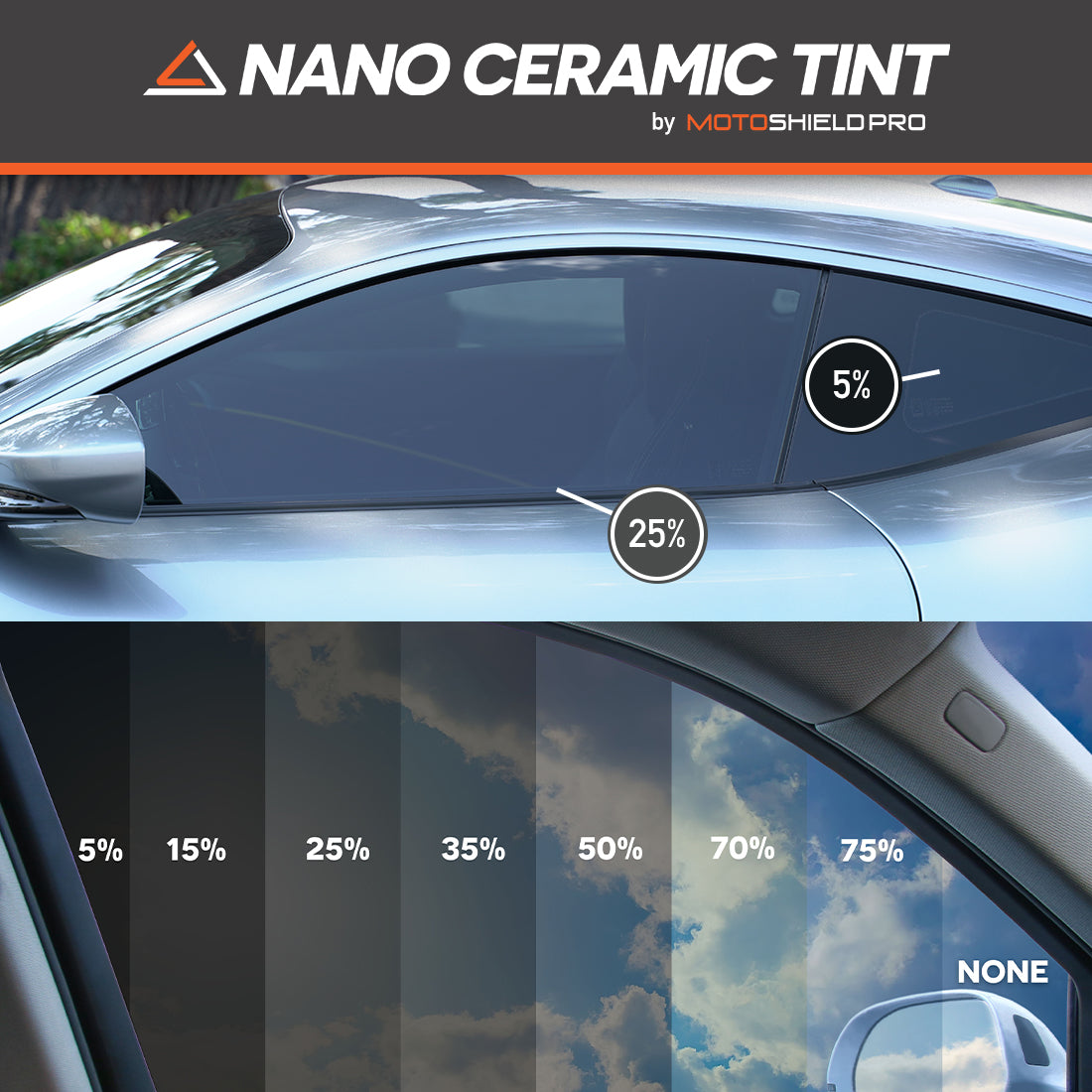Car Window Tinting for Warmth Reduction and Energy Performance
Car Window Tinting for Warmth Reduction and Energy Performance
Blog Article
Window Tinting Laws and Standards: What You Need to Know Prior To Tinting Your Automobile
Before continuing with home window tinting for your vehicle, it is essential to familiarize on your own with the diverse laws and standards that regulate this practice throughout various states. These laws determine the acceptable degrees of tint darkness, usually measured by visible light transmission (VLT) portions, and include details specifications for front windscreens aimed at making sure road safety and security.
Review of Window Tinting Rules
Home window tinting legislations are regularly based on variation across different territories, reflecting local laws and security considerations. These legislations determine the permissible levels of tint darkness and reflectiveness on car home windows, making certain that drivers keep appropriate exposure while also shielding against dangerous UV rays and warm.
The majority of laws categorize window tinting based upon the Visible Light Transmission (VLT) percentage, which shows the quantity of light that can go through the window. Usually, lower VLT percents represent darker tints. Regulations often set apart in between the front, side, and back windows, with more stringent limitations put on the front windscreen to improve safety and security for both the driver and various other roadway individuals.
In addition, some jurisdictions impose constraints on the reflectivity of the color, stopping extreme glow that can impair visibility. Exemptions to these regulations might exist for people with particular clinical problems calling for added sun security. Conformity with home window tinting laws is vital, as infractions can lead to penalties, mandatory elimination of the tint, and possible rises in insurance policy premiums. It is necessary for vehicle proprietors to acquaint themselves with local regulations before continuing with window tinting installments.
State-by-State Tint Regulations
Comprehending the particular home window tinting regulations in each state is important for car proprietors looking for to abide by the legislation. Each state in the U.S. has established its very own set of rules controling home window tinting, which can vary considerably. These laws usually dictate the allowed levels of tint darkness, the types of home windows that can be tinted, and any medical exceptions that might use.
For example, states like California have strict restrictions on tint darkness for front home windows, while others, such as New Mexico, might permit darker colors. In addition, specific states mandate specific exposure percents for various windows, consisting of the windscreen, front side windows, and rear home windows. It is crucial for automobile proprietors to familiarize themselves with their state's legislations to stay clear of possible penalties or charges.
In addition, some states may require an accreditation sticker label to be put on colored windows, showing conformity with state regulations. Failing to abide by these guidelines not just runs the risk of lawful repercussions yet can also influence safety and security and exposure while driving. As a result, car owners ought to conduct extensive study or seek advice from neighborhood authorities to guarantee full understanding and conformity with state-by-state color regulations.
Allowed Tint Types and degrees
Several automobile proprietors may be stunned to discover that enabled color levels and types differ commonly throughout different states. Each state has established its own laws concerning the acceptable darkness and reflectivity of window color, usually determined by Visible Light Transmission (VLT) portions. VLT refers to the amount of light that can travel through the tinted home windows; thus, a lower percentage suggests a darker tint.

Additionally, the sorts of color materials enabled can differ, with some states banning metal or mirror-like surfaces. It is important for car owners to acquaint themselves with their state's details regulations to make sure compliance. Non-compliance can result in fines, necessary elimination of the color, or other lawful consequences, making it vital to comprehend these guidelines prior to waging setup.
Medical Exceptions for Tinting
While not all states provide allocations for clinical exceptions concerning window tinting, those that do recognize the necessity for certain individuals to boost presence and comfort due to clinical problems. Various clinical conditions, such as lupus, skin cancer cells, and particular eye disorders, can render individuals particularly delicate to sunlight. Consequently, these people may require darker tints to secure themselves from harmful UV rays and glare.

It is very important to note that also with a medical exception, there might still be restrictions on the level of tint allowed. Compliance with state laws makes certain that people are both safeguarded and within legal restrictions. Those taking into consideration clinical exceptions should contact their local Department of Motor Autos or comparable authority to comprehend the treatments and requirements essential to obtain an exemption properly.
Penalties for Non-Compliance
Stopping working to abide with window tinting laws can lead to significant charges, which differ by state. Police are empowered to issue citations for lorries that do not follow the defined tinting regulations. These fines typically consist of penalties, which can vary from modest total up to several hundred dollars, relying on the severity of the infraction and the state concerned.
In some territories, duplicated offenses may lead to escalating fines or additional charges, such as required court looks. Non-compliance may require the elimination of prohibited tinting, often at the owner's cost. In extreme cases, regular culprits may face suspension of their lorry enrollment until compliance is accomplished.
Furthermore, insurance coverage ramifications may occur from getting several citations for window color violations. recommended you read Insurance firms may view such infractions as a sign of riskier actions, possibly leading to increased costs or trouble in protection.
To prevent these penalties, it is vital for lorry owners to acquaint themselves with their regional window tinting laws and guarantee that their lorry complies (Window Tinting). This proactive strategy not only avoids lawful ramifications yet additionally promotes roadway safety and security
Final Thought

A lot of laws identify window tinting based on the Visible Light Transmission (VLT) portion, which suggests the amount of light that can pass with the home window. Conformity with home window tinting regulations is essential, as violations can result in fines, necessary elimination of the tint, and potential rises in insurance costs.Understanding the particular window tinting policies in each state is crucial for vehicle proprietors seeking to conform with the legislation. These regulations frequently dictate the permitted degrees of color darkness, the types of home windows that can be tinted, and any type of medical exemptions that might use.
For circumstances, states like California have stringent constraints on color darkness for front windows, while others, such as New Mexico, might permit darker tints.
Report this page